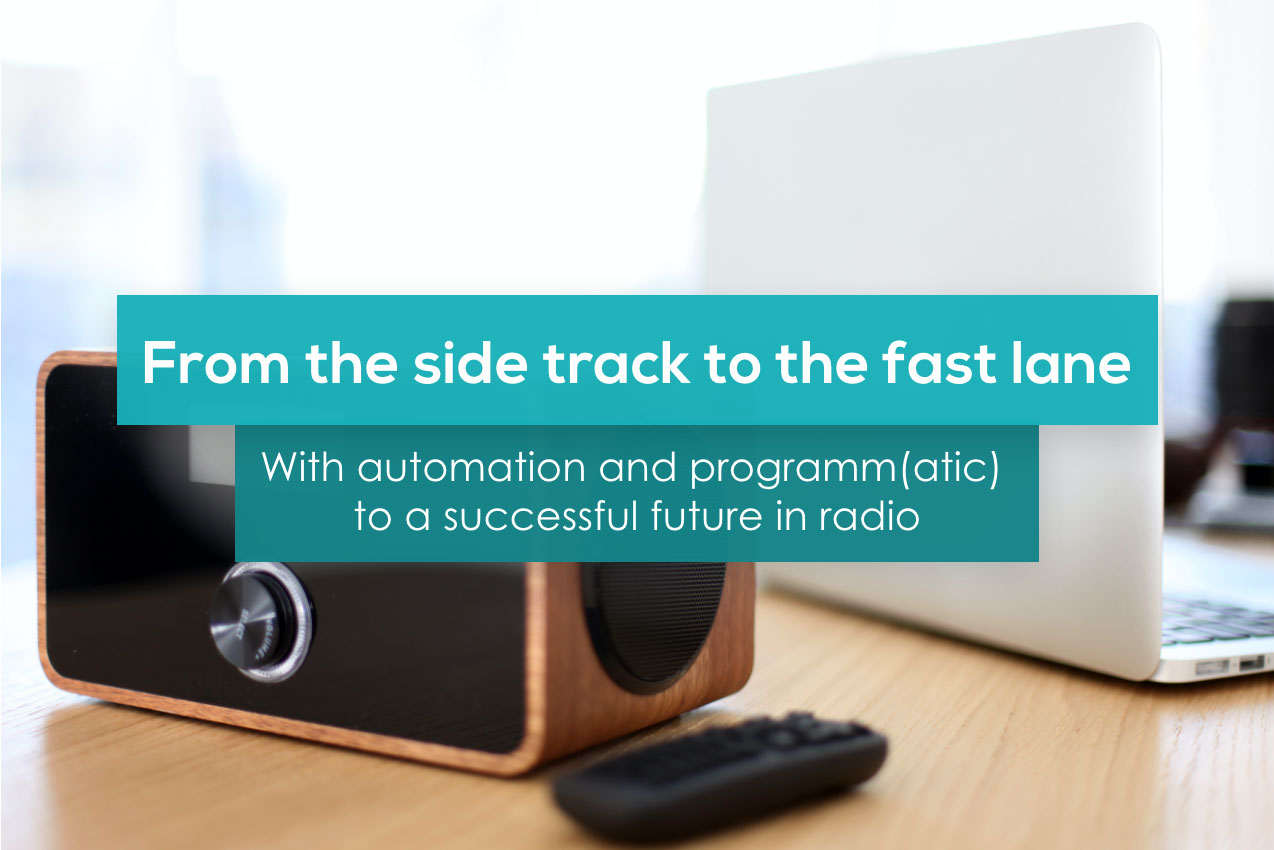© aprile consulting GmbH/stock.adobe.com/RAM/#101223453
At first glance, the current pandemic would seem to prove those right who think classic (private) radio has been side tracked for quite some time. Because during what has already been difficult "digital" times, their advertising income melted away in 2020 like snow in the sun.
The collapse was especially dramatic at the local and regional level: depending on the region and station, losses in sales for local advertising are estimated to be as high as 30 to 60 percent.
The decline in advertising in the national sphere did prove to be less severe so that on a national average "only" a drop in sales of an estimated 25% could be complained of compared to 2019 at all private radio stations. Still, many millions of Euros went down the drain in 2020, and only massive government assistance was able to prevent the lockdown from becoming a knockdown for many private local radio stations.
Has the pandemic thus worsened the structural problems of the private radio scene and sped up the fall predicted by so many?
Is it only a question of time until digital media providers completely take over the linear audio business?
Well, that was already predicted in 2017 by several of the then familiar movers and shakers on the radio market. Still, the digital audio business even today is still far away from passing up and taking over the linear radio business.
One thing is clear: the traditional medium of radio is still competing with the ever-stronger digital competition, e.g., streaming services, podcasts, etc. in economically good and bad times. It is also clear that private radio publishers in particular face enormous challenges because they, unlike public broadcasters, must rely on advertising as their sole source of income.
Nevertheless, I am firmly convinced that the traditional medium of radio – that can look back on a successful 100-year history! – is capable of changing from the feared side track into the fast lane.
The prerequisite is that the radio publishers are willing to link the traditional strengths of their medium, namely, a broad reach, high-quality programming, high credibility, intensive and long-standing user loyalty and many, many more to modern, digital/electronic methods and to continue working on them. For the private broadcasting stations among the radio professionals this becomes an existential question. But the chances are good.
Because I am certain: the more complex, arbitrary and, unfortunately, also substandard the digital media landscape becomes, the more listeners will continue to prefer to be taken by the hand by "their" (local)station and accompanied, e.g., on their daily way to work. If then the enormous but as yet untapped (advertising) potential of the radio is also made available – by electronic means online – and e.g., customized for certain groups of listeners or even individuals (by them providing their favorite station with their preferences), radio will not have to worry about its financial future.
From a technical standpoint, a lot is already possible today. The technology only has to be put to use, or basically roused from its state of slumber.
Thus, we can learn from the "digital world" when it comes to targeted, efficient, fast and affordable distribution of advertising. However, without copying their errors in regard to data protection or relying on cookies! That's why we are constantly working to improve our products. And, then, I am convinced that the strengths of linear, "electronically optimized" radio will come into its own.
5
Strategies for a secure and profitable future
Radio/audio publishers should
- speed up! This means optimize their efficiency and profitability by using integrated and automated advertising and audio content management systems,
- enhance and upgrade their advertising inventory by adding data relevant to advertising and innovative forms of advertising to be able to achieve higher selling prices,
- offer local and regional advertising inventory themselves on electronic, digital marketplaces and establish close direct ties to advertising customers,
- link their advertising inventory with the digital media world and thus reach new target groups,
- provide faster production at lower costs and better content quality through flexibility, multi-use, decentralization and networking around the world.
We will go into even more depth on these topics in my next blog posts.
Til then
Yours, Nico Aprile
Read more about our authors Authors.
You might be interested in these posts



